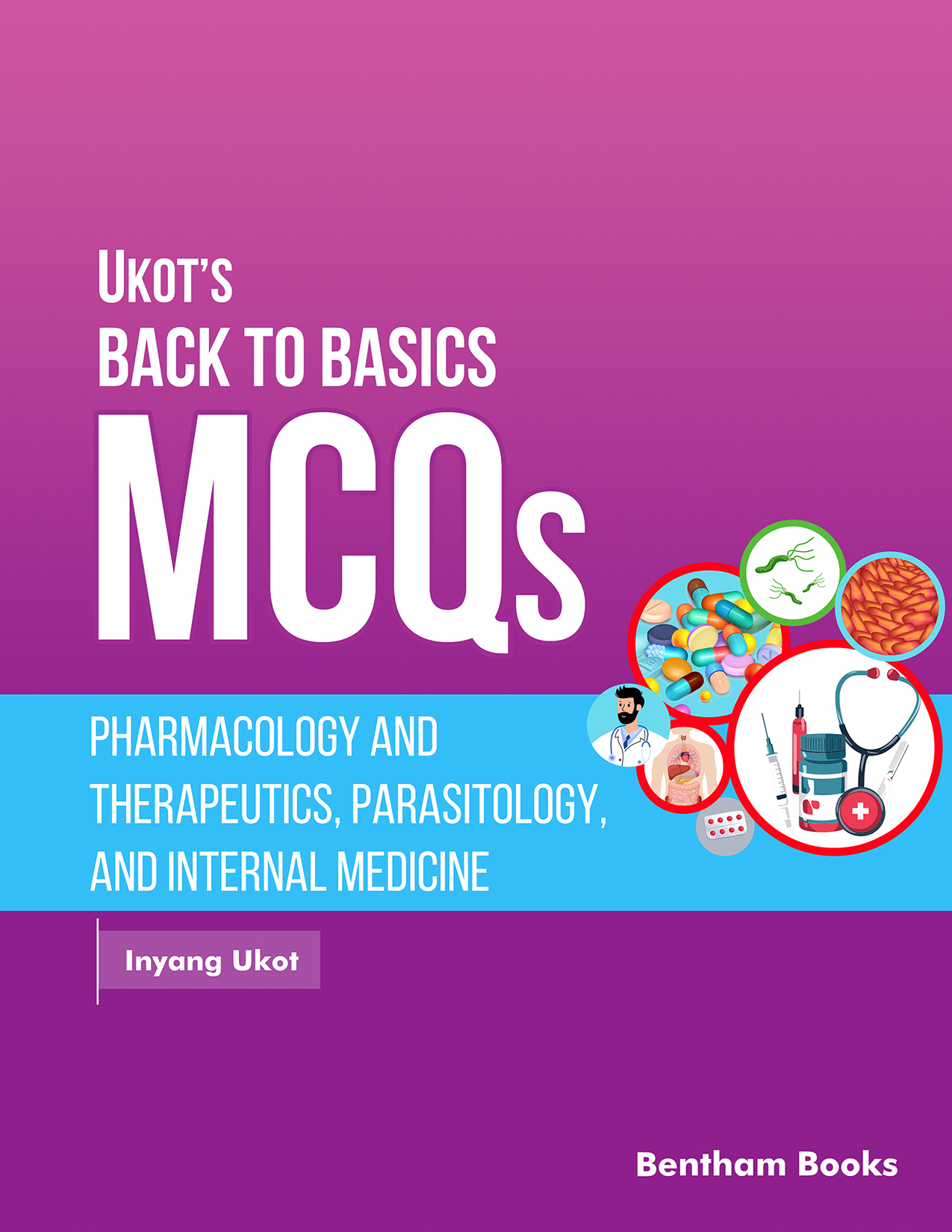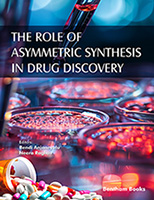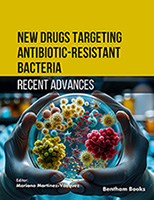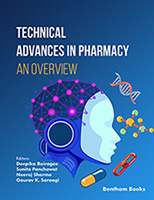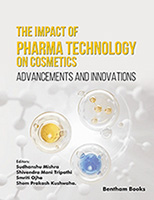This MCQ book contains material that reasonably covers the three specialties indicated in its subtitle, yet is of a reasonable size. It is unique for at least the fact that it is a shift from the paradigm for most textbooks in the field of medicine.
The book covers three hundred and ninety-five multiple-choice questions (MCQs) in the single best answer format. Each MCQ has an unambiguous stem, which is further enhanced by making the font bold. The book makes a reasonable attempt to apply Bloom’s taxonomy offering a balanced distribution of multiple-choice questions across both the lower and higher cognitive levels, therefore making the book suitable for medical students and clinicians. Every MCQ in this book provides the reader with four options, of which only one is the best, qualifying it to be the Answer. No matter how close any of the other options are, just one is the correct Answer; the reader should choose that one correct answer.
This book claims answers that are backed by some sound notes. Some of the notes are satisfactorily referenced using the Vancouver style. This book further includes a comprehensive Index, thus providing the reader with what is an uncommon feature of existing competing MCQ books.
Chapters 1 and 4 of this book are on Pharmacology and Therapeutics. Chapter 1 is devoted to the MCQs, and Chapter 4 contains the Answers and Notes for the MCQs. Chapter 1 has MCQs on the following topics: Anthelminthics, antiprotozoals, scabicides, pediculicides, anti-trypanosome drugs, benzodiazepines, antipsychotics, antidepressants, anti-seizure medications, cardiac medications, antihypertensives, bronchodilators, nasal decongestants, acetylsalicylic acid, acetaminophen, non-steroidal anti-inflammatory drugs, narcotic analgesics, antacids, histamine-h2 receptor blocking agents, laxatives, antidiarrheal medications, topical dermatological agents, and antibiotics.
Chapter 2 and Chapter 5 contain MCQs on Parasitology. There are ninety-five questions that the author selected carefully. These two chapters give the reader a clear idea of the globally relevant parasitic diseases and the parasitic agents that cause them. The chapters are important because the prevalence of the parasitic conditions is not uniform; another reason is that these diseases are usually communicable. Moreover, certain parasitic diseases are virtually indistinguishable from other diseases that are caused by bacteria and viruses. In these days of frequent travel, some parasitic diseases that are prevalent in one part of the world can easily be found in another part of the world where such diseases were rare. It is important for a doctor to be conversant with them right from when they were in medical school. The following parasitic diseases and the parasites that cause them are discussed: Dracunculiasis, Ascariasis, Hookworm disease, Cutaneous larva migrans, Trichuriasis, Enterobiasis, Taeniasis, Cysticercosis, Echinococcosis, Hymenolepiasis, Dipylidiasis, Paragonimiasis, Schistosomiasis, Fasciolopsiasis, Fascioliasis, Amebiasis, Amebic liver abscess, Giardiasis, Trichomoniasis, Dientamoebiasis, Balantidiasis, Cystoisosporiasis, Leishmaniasis, Toxoplasmosis, and Malaria. These clinical conditions come under infections that nematodes, cestodes, trematodes, and protozoa cause. In Chapter 2, the questions are mixed.
Chapters 3 and 6 include selected topics related to Internal medicine. These important topics come under bacterial infections, viral infections, cardio-respiratory diseases, neurological conditions, gastrointestinal diseases, hematological conditions, genetic disorders, renal diseases, thyroid and pituitary diseases, alcohol-related illness, snake bites, and diabetes mellitus. Bacterial infections in this book are meningococcal infections, tetanus, pneumonia, lung abscess, bronchiectasis, empyema thoracis, pulmonary tuberculosis, chronic bronchitis, extrapulmonary tuberculosis, typhoid fever, infections by the Enterobacteriaceae, Bacteroides and anaerobic infections, pyelonephritis, and septicemia. These chapters also treat viral infections like viral hepatitis, influenza, mumps, Burkitt’s lymphoma, HIV/AIDS, COVID-19, Picornavirus infections, Rhabdovirus infections, Slow-virus diseases, RNA tumor virus diseases, and Lassa fever. Chapter 3 also covers questions on non-communicable diseases like pulmonary embolism, pneumothorax, bronchial carcinoma, angina pectoris, myocardial infarction, cardiac arrhythmias, hypertension, cardiomyopathy, heart failure, cardiac arrest, frontal lobe syndrome, Parkinsonism, pontine lesions, cerebellar disease, tropical ataxic neuropathy, subarachnoid hemorrhage, Horner’s syndrome, liver cirrhosis, nephrotic syndrome, Meig’s syndrome, malabsorption syndrome, anemia, leukemia, thrombocytopenia, autosomal abnormalities, recessive genetic abnormalities, acute kidney injury, hyperthyroidism, Graves’ disease, hypopituitarism, alcoholism, snake bites, and diabetes mellitus.
I commend the author of this work for being painstaking to combine these specialties in one book. This book will definitely serve its target audience a good purpose. The book should be invaluable to medical students, general medical practitioners, and residents in the early part of any of the medical specialties–for the latter, Chapters 1 and 4, which cover Pharmacology and Therapeutics, would be the most relevant.
Saturday Etuk
Provost of College of Medical Sciences (2010–2014)
University of Calabar
Calabar, Nigeria
&
Chief Consultant Obstetrician and Gynecologist
University of Calabar Teaching Hospital
Calabar, Nigeria

